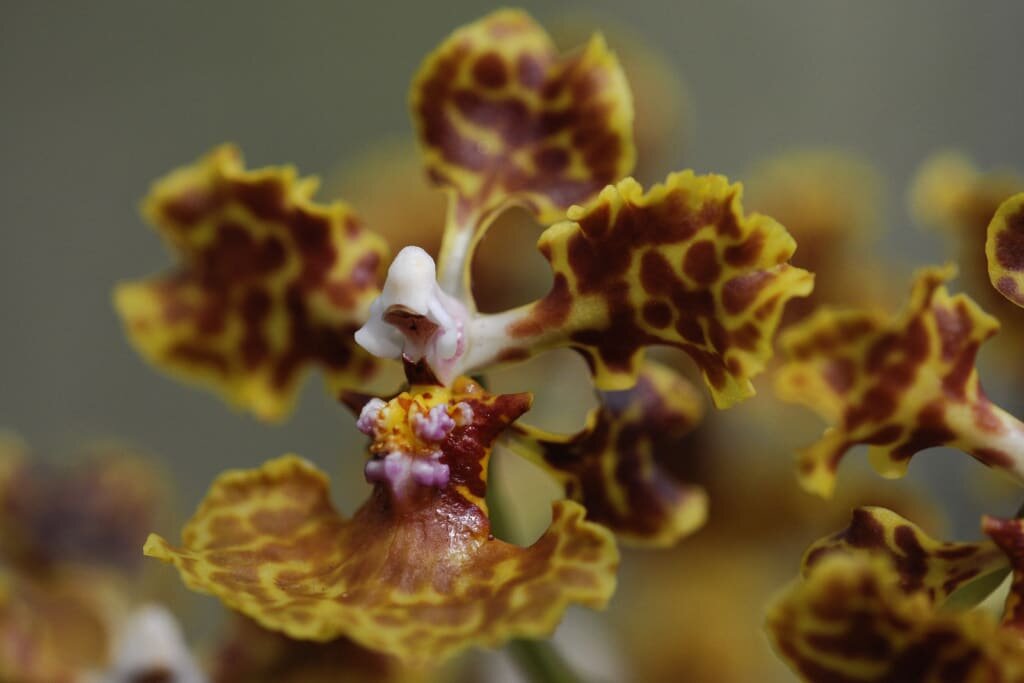Scientists are said to be racing against the clock as they work to save the world’s orchids by discovering the soil fungi they need to thrive, breeding them and then, in a first for conservation, transplanting them into orchid habitats.
Among the showy blooms at Chelsea flower show this week was a moss-covered exhibit, sprouting from which were the types of rare, native flowers one does not normally see at horticultural exhibits.
Scientists from botanic gardens in the UK and the US set up a stand at the flower show to display the rare and threatened orchids from around the world and raise awareness of their plight, according to reports. It showcases the tiny, delicate flowers seen in the meadows of the UK alongside the larger, gaudier species from India and North America.
Disappearing orchids are often one of the first signs of the effects of climate breakdown on soil microbiology and pollinator abundance, as they are so sensitive and need such specific conditions to grow.
Melissa McCormick, a researcher at the Smithsonian Environmental Research Center in the US, explained: “They need certain fungi to grow, they have to identify with the underground habitat, then they also need specific pollinators to set seed. So they’re taking in all these different things that are changing above ground and below ground, and they become an indicator of the quality of the environment.”
Read also: Many feared dead as ‘massive’ landslide hits Papua New Guinea
Orchids in some parts of the world have declined by 50%, which has been linked to climate breakdown. A recent report from Kew Gardens found that orchids are among the plants that are most under threat of decline. If scientists do not act fast to protect them, they could disappear forever.
“We’re working very hard to identify the other species that orchids need and to incorporate these into our conservation methods so we can more easily conserve orchids,” McCormick said.
The research team is in the process of identifying, growing and transplanting the soil fungus: “We go in and we identify the fungi that they need, we grow the fungi so that it can be used for conservation efforts. We have living fungal collections at the Smithsonian for this purpose.”
d into a northern habitat, they have the fungus that works with them up north, and the same in the south.”
Story was adapted from the Guardian.
